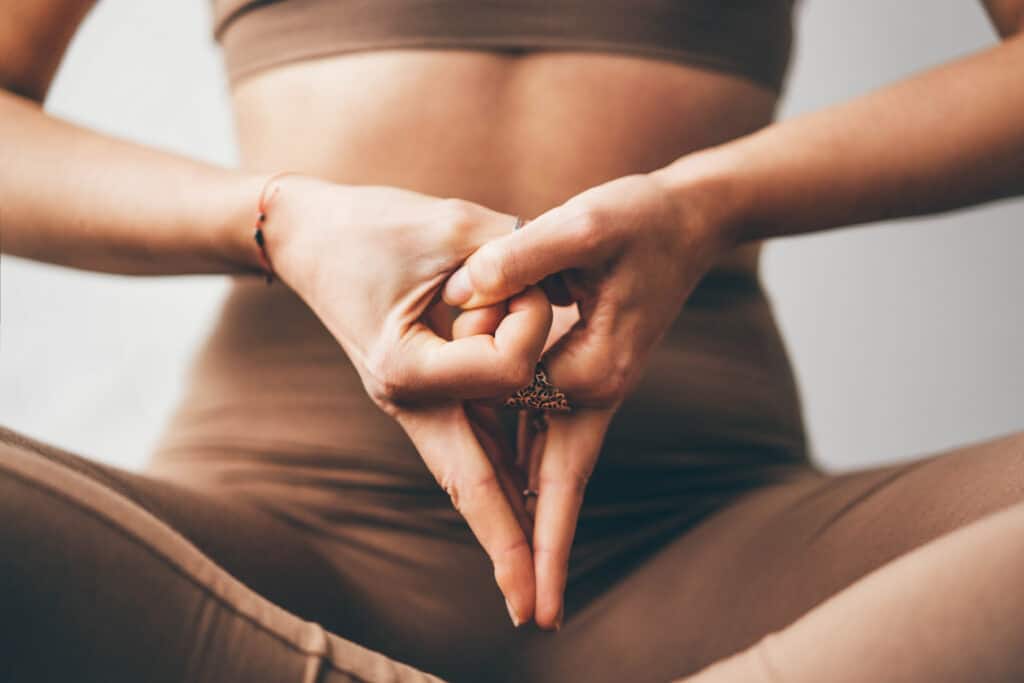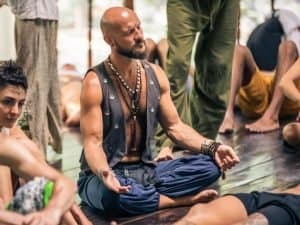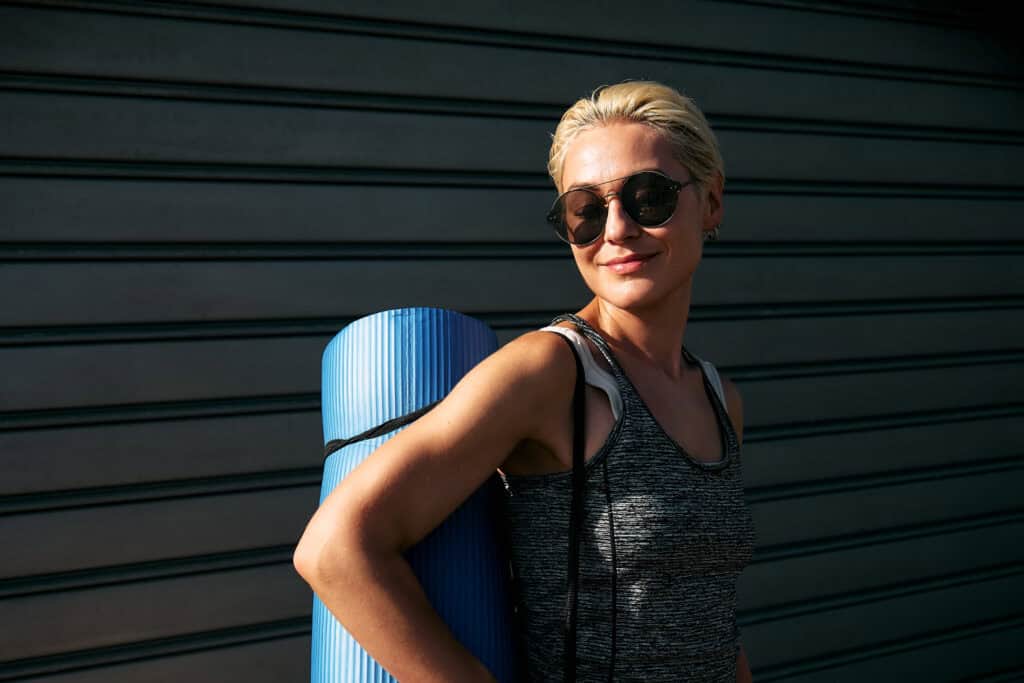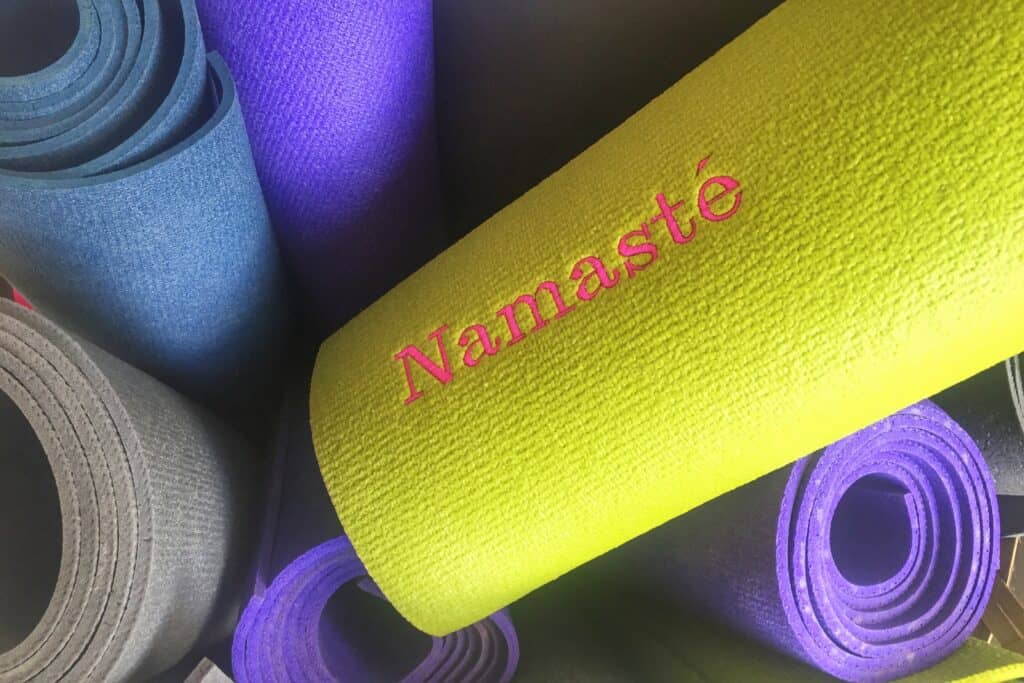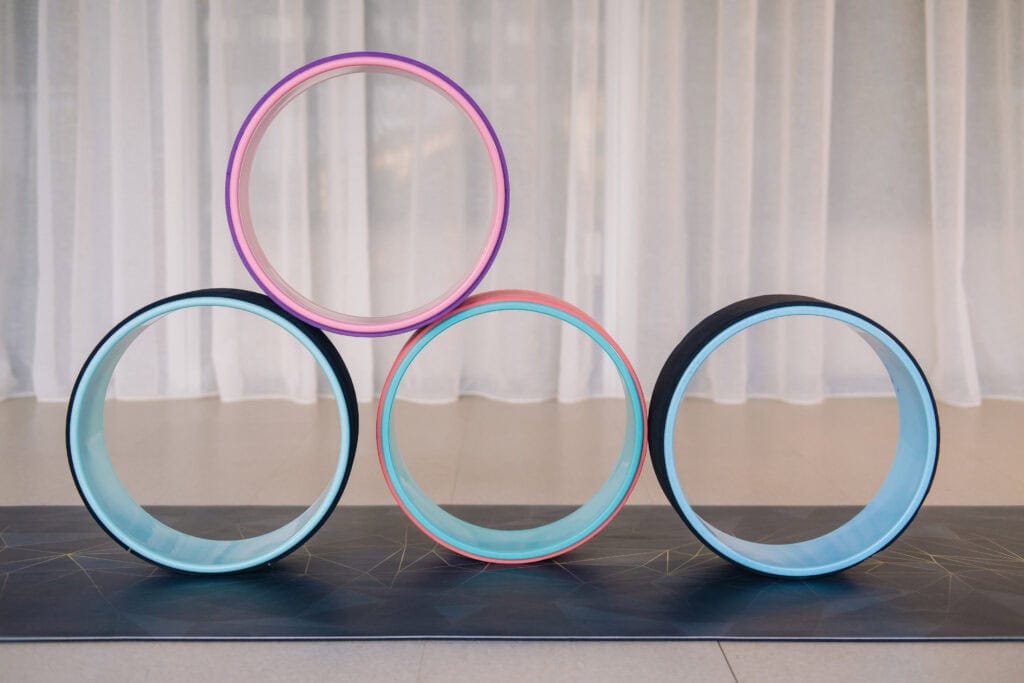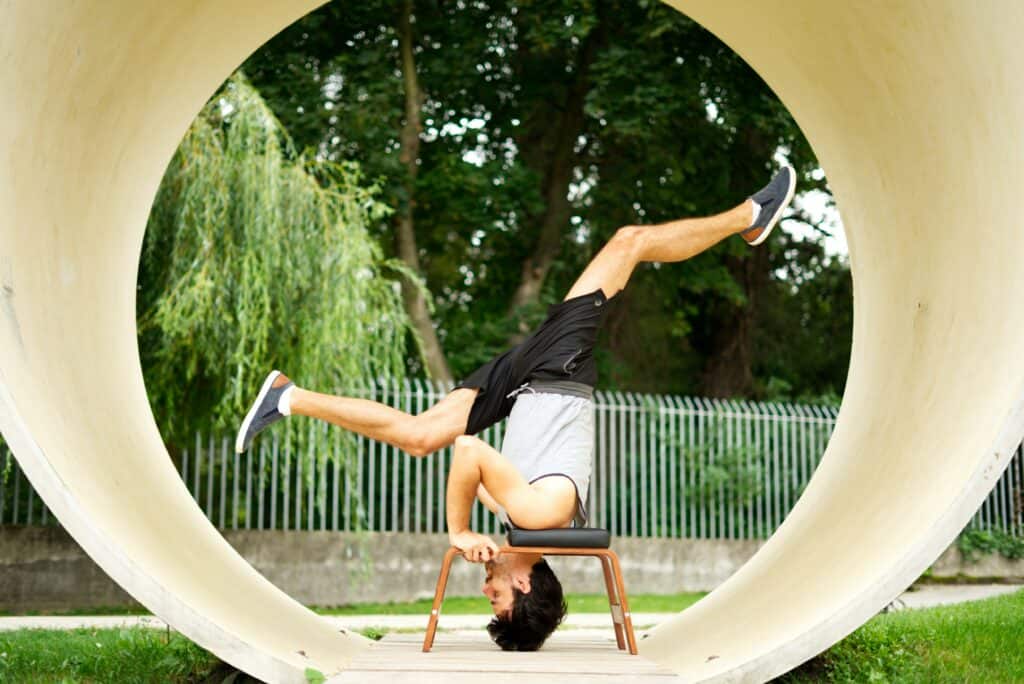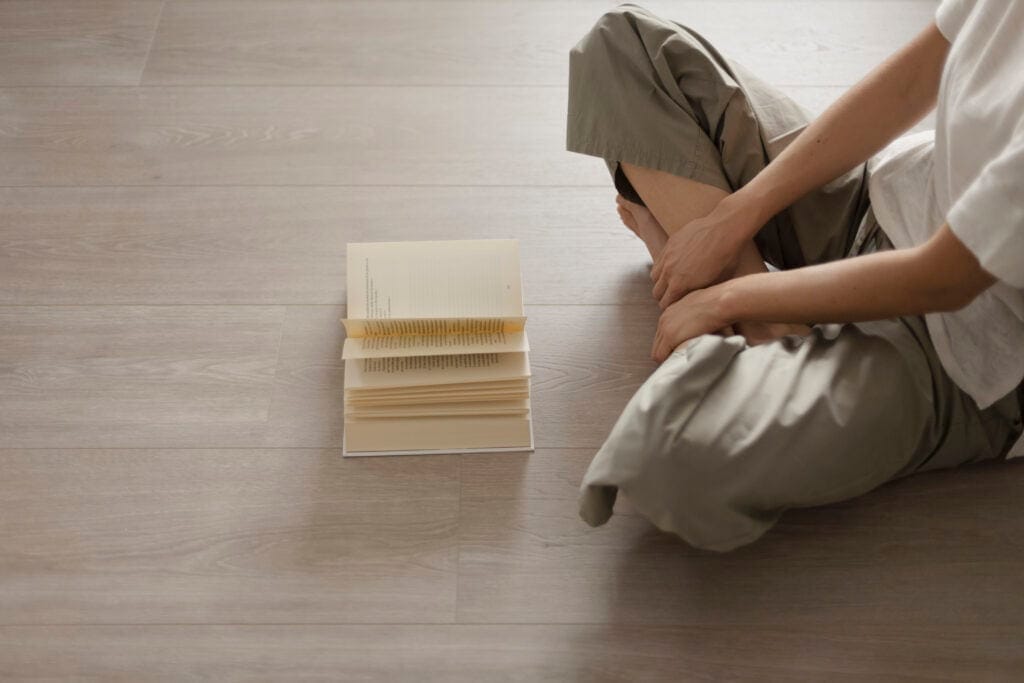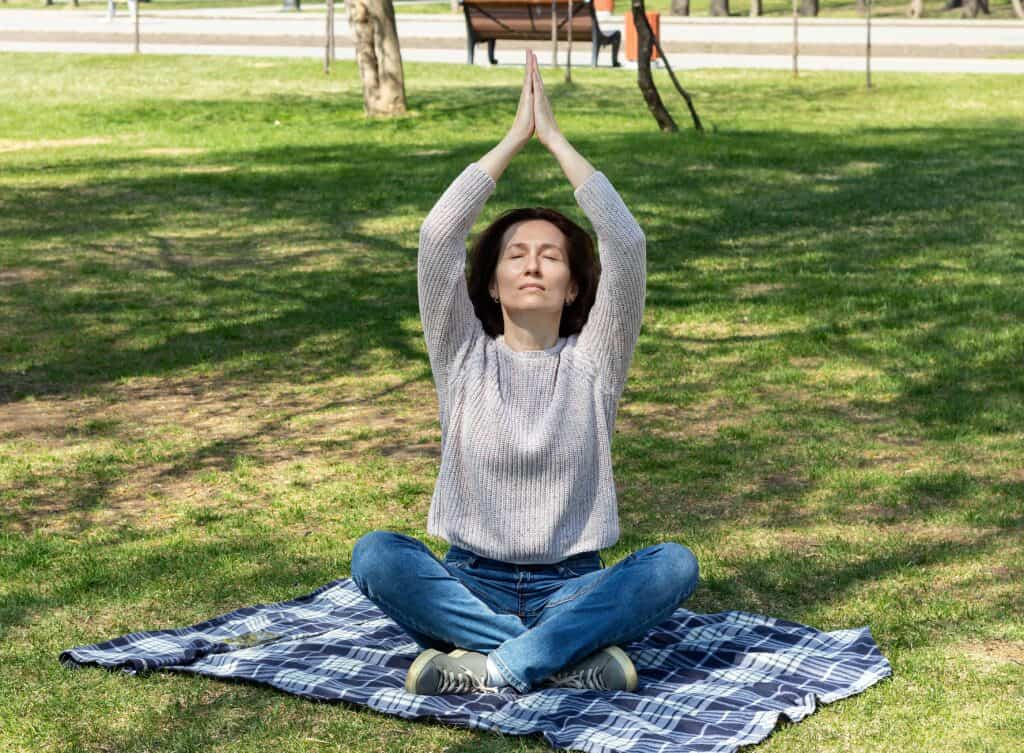Restorative yoga is an effective practice that offers numerous physical and mental advantages. By incorporating gentle poses, deep relaxation, and focused breathing exercises, regular restorative yoga practice can help alleviate symptoms of stress, and chronic pain and improve overall well-being. In this blog post, we will delve into various aspects of restorative yoga to enhance your understanding and appreciation for this therapeutic style.
We will begin by discussing the myriad benefits associated with a consistent restorative yoga practice. Subsequently, we’ll look into how to identify a knowledgeable teacher who can direct you through a secure and successful class. Additionally, we’ll provide tips on creating an optimal home practice environment complete with essential props such as blankets and blocks.
Lastly, we will touch upon different styles within the realm of restorative yoga so that you may discover which approach best suits your personal needs and preferences. Join us as we embark on this journey towards improved well-being through the transformative power of restorative yoga.
Understand the Benefits of Restorative Yoga
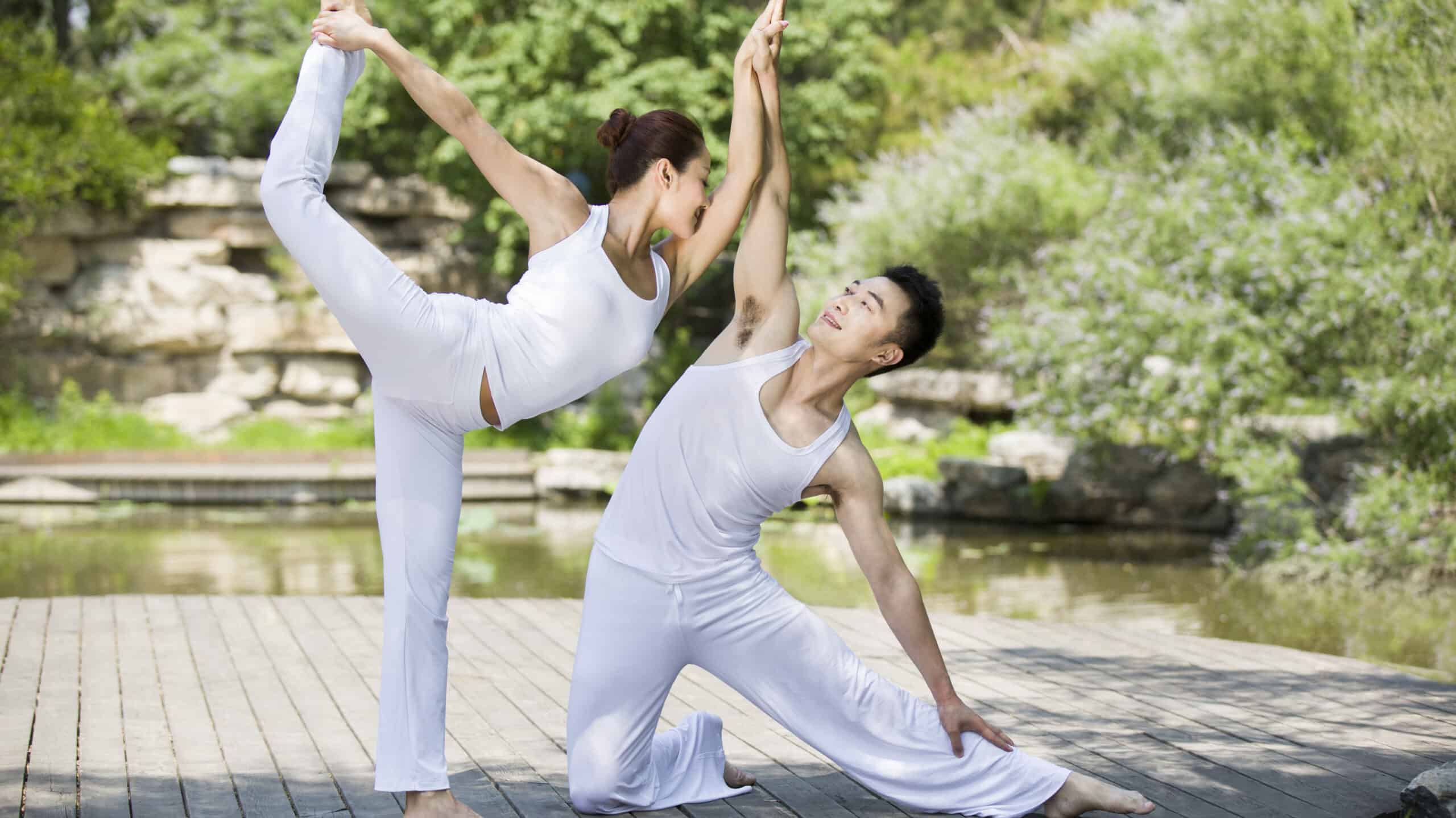
Restorative yoga is a gentle and calming practice that focuses on relaxation, healing, and rejuvenation. It offers numerous physical and mental health benefits to spiritual seekers and those looking to improve their overall well-being. In this section, we will delve into the various physical and mental health benefits of restorative yoga.
Physical Health Benefits
- Increased flexibility: The slow-paced nature of restorative yoga allows your muscles to gently stretch over time, improving your overall flexibility.
- Better sleep: By practicing deep relaxation techniques in restorative yoga classes, you can improve your sleep quality. A study published in the Journal of Alternative and Complementary Medicine found that participants who practiced restorative yoga experienced significant improvements in sleep quality compared to those who did not participate.
- Pain relief: Many people find relief from chronic pain through the regular practice of restorative poses as they help release tension from tight muscles and joints.
- Better digestion: The gentle movements involved in restorative postures stimulate the digestive system by massaging internal organs like the stomach or intestines, which may lead to improved digestive function over time.
Mental Health Benefits
- Anxiety reduction: A study conducted at Boston University School of Medicine showed that individuals who participated regularly in a therapeutic program incorporating practices such as mindfulness meditation along with Hatha Yoga reported significantly reduced symptoms related to anxiety disorders (source).
- Stress relief: Restorative yoga encourages deep relaxation, which can help lower cortisol levels in the body and reduce stress.
- Mindfulness: The practice of restorative yoga helps you become more aware of your breath, thoughts, and bodily sensations. This increased mindfulness can improve emotional regulation and overall mental well-being.
- Better mood: Regular practice has been linked to an increase in serotonin production – a neurotransmitter responsible for regulating mood – leading to improved happiness levels (source).
Spiritual Benefits
In addition to physical and mental health benefits, restorative yoga also offers spiritual advantages for those seeking inner peace or personal growth. Some key spiritual benefits include:
- Enhanced self-awareness: Focusing on your breath during practice allows you to connect with yourself on a deeper level, promoting greater self-understanding.
- Mental clarity: By clearing away distractions through focused breathing techniques, practitioners often report experiencing heightened mental clarity after practicing restorative poses.
- Emotional healing: The meditative aspects of this style encourage introspection, allowing space for processing emotions that may have been suppressed over time. Practicing regularly can lead to emotional release, fostering greater resilience against future stressors.
To fully experience these benefits, it’s essential to find a qualified instructor who will guide you through proper alignment while ensuring safety throughout each pose. Continue reading our next section to learn more about finding the right teacher for your restorative yoga journey.
Restorative yoga offers a variety of advantages to enhance one’s overall well-being, making it an ideal practice for those seeking better health. Discovering an experienced teacher for restorative yoga can be a great way to maximize its advantages and boost your overall health.
Find a Qualified Instructor
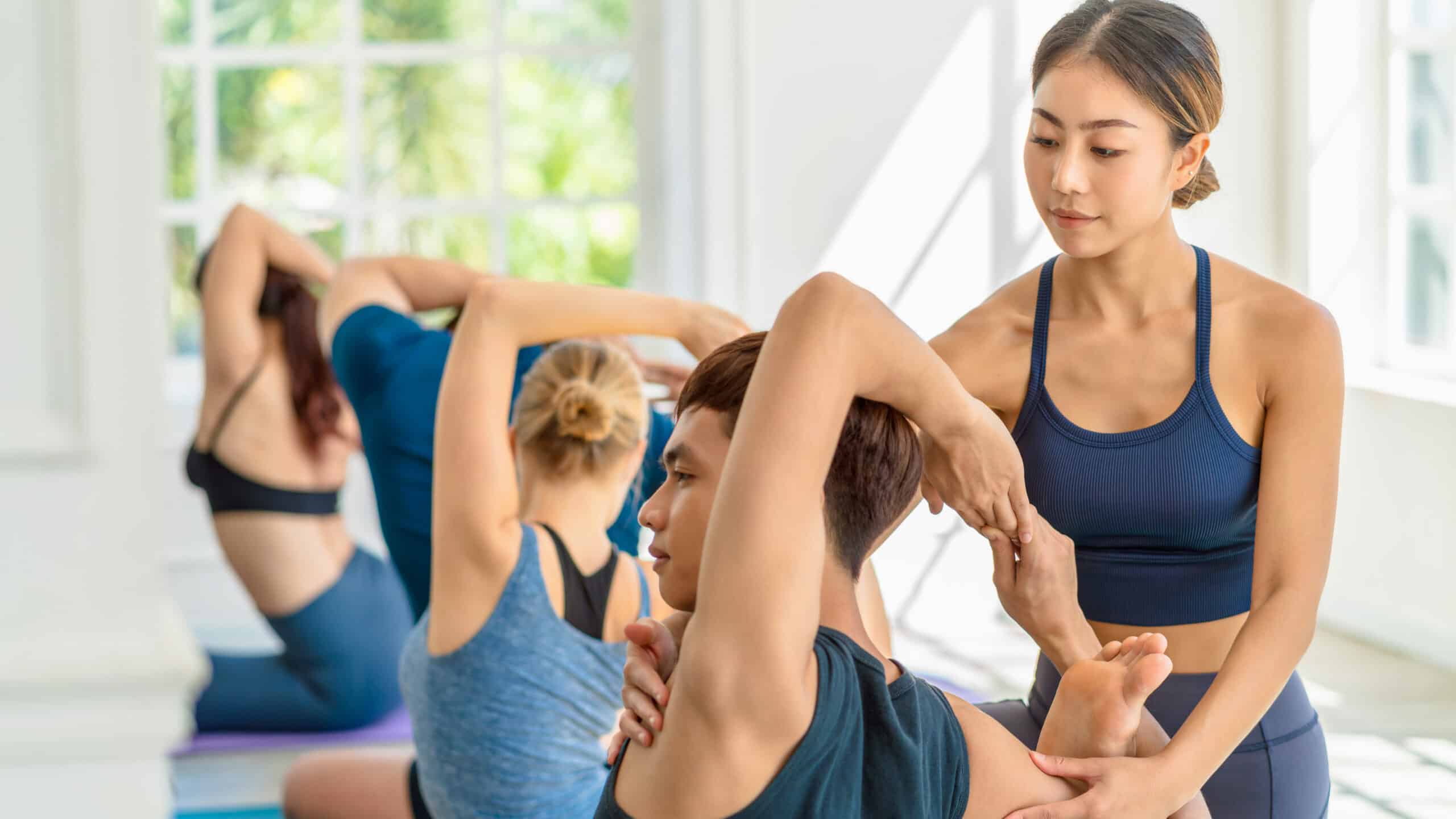
Finding an experienced and certified restorative yoga instructor is essential for your journey towards improved well-being. A competent mentor can direct you through the postures, guarantee exact arrangement, and assist you with exploiting your training. Here are some tips to help you find the right instructor:
- Check their credentials: Look for instructors who have completed a recognized yoga teacher training program, such as those accredited by Yoga Alliance or another reputable organization. Ideally, they should have specific training in restorative yoga.
- Experience matters: Seek out teachers with several years of experience teaching restorative yoga classes to various levels of students. This will ensure that they can adapt their teaching style to suit your needs.
- Trial classes: Attend trial sessions or introductory workshops offered by different instructors before committing to one teacher. This allows you to assess their teaching style and determine if it resonates with you.
- A personal connection: The best instructor for you is someone who makes you feel comfortable and supported during your practice. Trust your intuition when selecting a teacher – if something doesn’t feel right, keep looking until you find someone who aligns with your goals and values.
You may begin searching for qualified instructors at local studios or online platforms specializing in wellness programs like YogaFinder, where users can search based on location, style of yoga practiced (including Restorative), class schedules, etc., making it easier than ever before.
Taking Online Classes
In today’s digital age, many people prefer taking online classes due to convenience factors such as time, location flexibility, and affordability. Online platforms like YogaGlo and Gaia Yoga offer a wide range of restorative yoga classes led by certified instructors from around the world. When selecting an online class, keep in mind the following:
- Quality of instruction: Look for clear video demonstrations and thorough explanations of each pose to ensure you’re practicing safely.
- Pace and level: Choose classes that match your experience level – beginner, intermediate or advanced – so you can progress at a comfortable pace.
- Instructor interaction: Opt for platforms where teachers provide feedback on students’ form or answer questions via chat features during live sessions.
Finding the right restorative yoga instructor is crucial to reaping its numerous benefits while avoiding injury due to improper alignment or technique. By following these tips and exploring various options available locally and online, you’ll be well on your way toward improved physical and mental well-being through this transformative practice.
Finding a qualified instructor is the first step in starting your restorative yoga journey. Once you have secured a suitable instructor, the next step is developing your personal practice.
Create a Home Practice
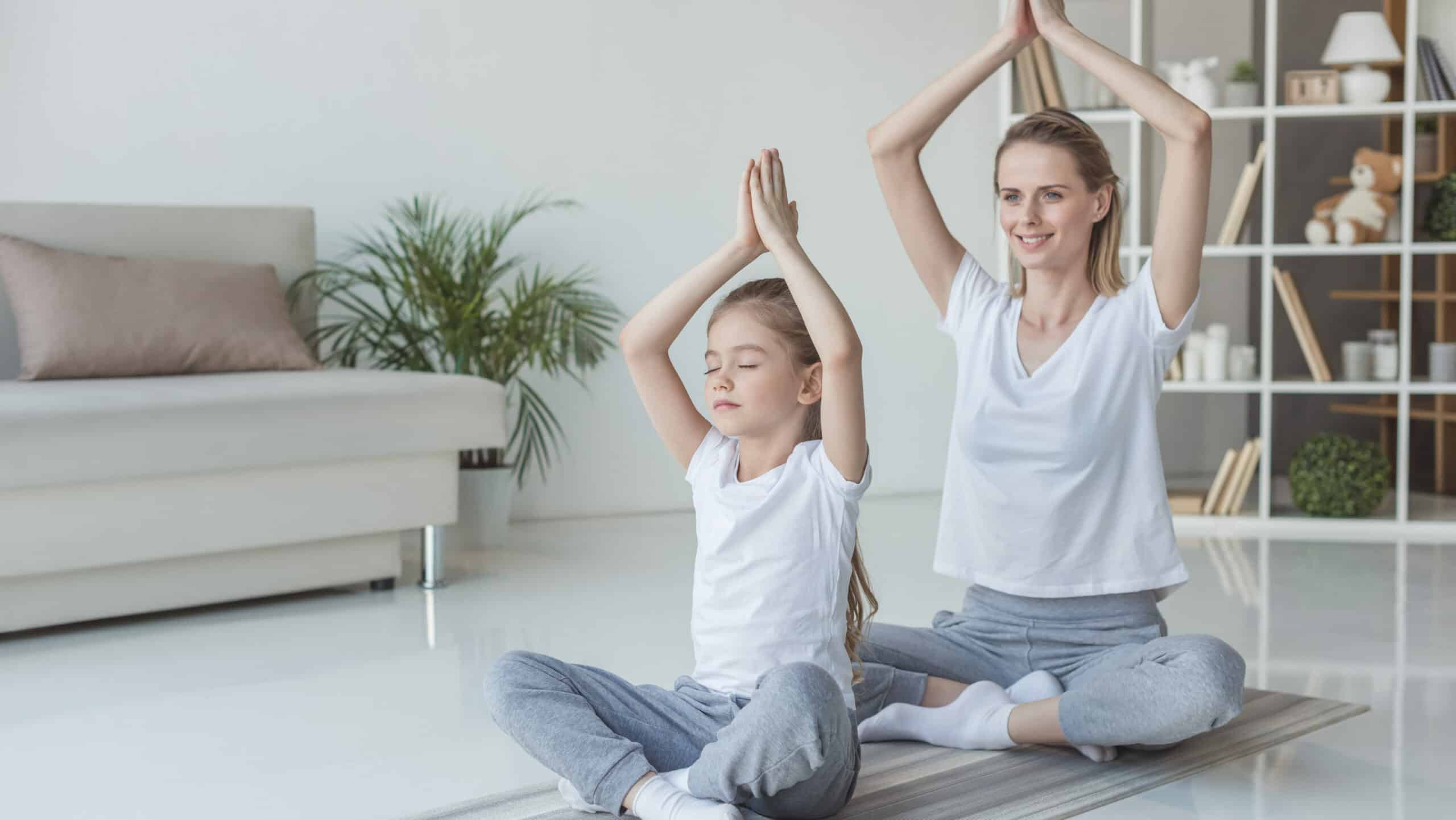
Practicing restorative yoga at home can be an incredibly rewarding experience, allowing you to cultivate a deeper connection with your body and mind in the comfort of your own space. For establishing a restorative yoga practice at home, picking an area that promotes relaxation and concentration is essential.
Selecting the Right Space
The first step in creating a home practice is finding an appropriate area within your living space that allows for relaxation and focus. Ideally, choose a room or corner with minimal distractions where you can dedicate time solely to your practice. Consider factors such as natural light, ventilation, noise levels, and temperature when selecting the perfect spot.
Setting Up Your Yoga Sanctuary
Your chosen space should feel inviting and calming – creating an atmosphere that promotes tranquility while practicing restorative yoga is essential. Here are some tips on how to set up your personal sanctuary:
- Cleanliness: Keep the area clean and clutter-free; this helps maintain mental clarity during practice.
- Mats & Cushions: Invest in high-quality yoga mats, cushions, or bolsters for added support during poses.
- Ambiance: Enhance the ambiance by incorporating soft lighting (such as candles), soothing scents (like essential oils), or gentle background music if desired.
- Inspiration: Personalize your space with meaningful items like crystals, plants, or spiritual symbols that inspire mindfulness throughout each session.
You can also check out our dedicated guide to practicing yoga at home.
Finding Online Resources & Classes
While practicing at home, you may still want to follow along with a qualified instructor or access additional resources for guidance. There are numerous online platforms offering restorative yoga classes and tutorials, ranging from beginner-friendly sessions to more advanced practices. Some popular options include YogaGlo, Gaia Yoga, and Yoga With Adriene on YouTube. Many of these websites offer free trials or low-cost subscriptions so that you can find the perfect fit for your needs.
Establishing a Routine & Staying Consistent
To gain the most from restorative yoga, it is essential to make regular practice part of your routine. Determine how often you’d like to practice – whether daily, several times per week, or even just once weekly – and set aside dedicated time in your schedule for each session. Remember that consistency is key when developing any new habit.
Maintaining Mindfulness & Self-Compassion
Above all else, approach your home practice with mindfulness and self-compassion. Restorative yoga is about nurturing yourself physically, mentally, and emotionally through gentle movement and deep relaxation techniques. Embrace this opportunity as a form of self-care by staying present during each pose while also allowing space for imperfections without judgment.
Incorporating these tips into your home practice will help create an environment conducive to relaxation while fostering personal growth through restorative yoga.
Creating a home practice can be an invaluable tool to increase your well-being and restore balance in life. Incorporating props into this practice will further enhance the experience, allowing for deeper relaxation and connection with the body.
Incorporate Props
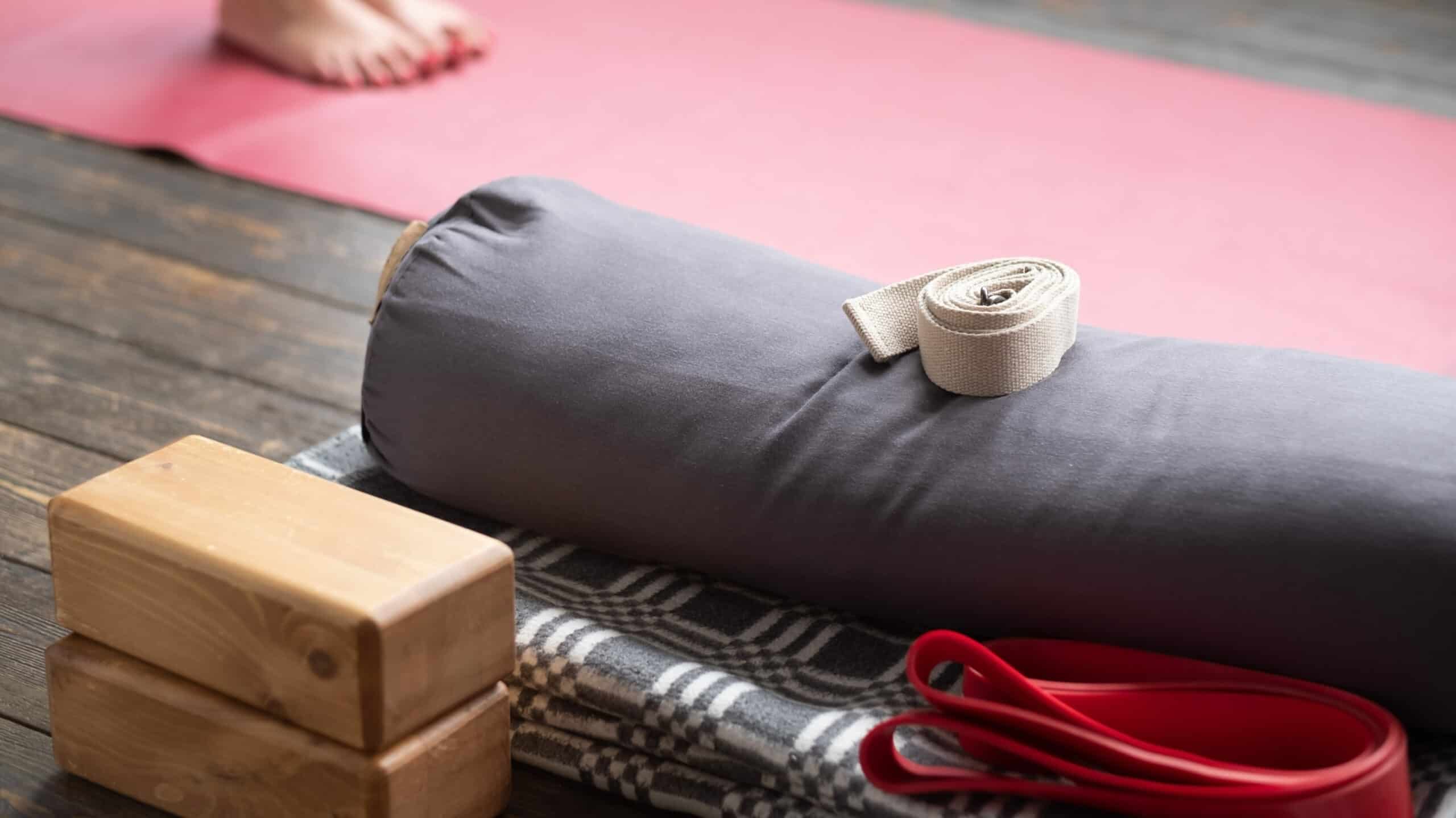
Incorporating props into your restorative yoga practice can greatly enhance the experience and provide additional support for your body. Props help you achieve proper alignment, deepen relaxation, and maintain poses for longer periods without straining or discomfort. In this part, we’ll look at the advantages of using props in restorative yoga and the various kinds that can be utilized.
Types of Props
- Bolsters: A bolster is a firm cylindrical cushion that provides support under different parts of the body during certain poses. It helps to alleviate pressure on joints and muscles while promoting deep relaxation. You can find bolsters specifically designed for yoga practices at many yoga retailers. We have recommended some bolsters for you here.
- Blocks: Yoga blocks are rectangular foam or cork supports that assist with balance, stability, and alignment in various postures. They also allow you to modify poses according to your flexibility level by providing extra height when needed. Check out these recommendations for the best yoga blocks. Find out more about the best yoga blocks here.
- Straps: Straps are long fabric bands that extend reach in certain stretches or bind limbs together during specific asanas (poses). They enable practitioners with limited flexibility to safely access deeper stretches without overextending themselves. Learn more about using straps effectively from this helpful guide on how to use a yoga strap in your practice.
- Blankets: Blankets can be folded or rolled to provide extra cushioning and support for various poses. They are particularly useful in restorative yoga as they help create a comfortable environment for relaxation. Opt for blankets specifically designed for yoga, such as these top-rated options.
- Eyepillows: Eyepillows are small fabric pouches filled with flax seeds, lavender, or other calming scents that can be placed over the eyes during Savasana (Corpse Pose) to promote deep relaxation and block out light. Discover some of the best eye pillows available on the market from this list of top picks.
Using Props Effectively
To maximize the benefits of your props in restorative yoga, it is important to use them appropriately and with instruction from a knowledgeable instructor. Here are some tips:
- Consult a qualified instructor who can guide you on proper prop usage based on your needs.
- Familiarize yourself with each prop by practicing different poses that incorporate them into your routine.
- Prioritize comfort and safety above all else – don’t hesitate to adjust or remove a prop if it causes discomfort or strain.
- Create an inventory of props at home so you have everything readily available when needed during your practice sessions.
Incorporating props into your restorative yoga practice enhances the overall experience and ensures that you can safely and effectively achieve the desired benefits. By understanding the various types of props available and learning how to use them correctly, you’ll be well on your way to a more fulfilling restorative yoga journey.
Incorporating props into your restorative yoga practice can help you to deepen the poses and experience a more profound sense of relaxation. Exploring different styles of restorative yoga will further expand your understanding and appreciation for this type of practice.
Explore Different Styles
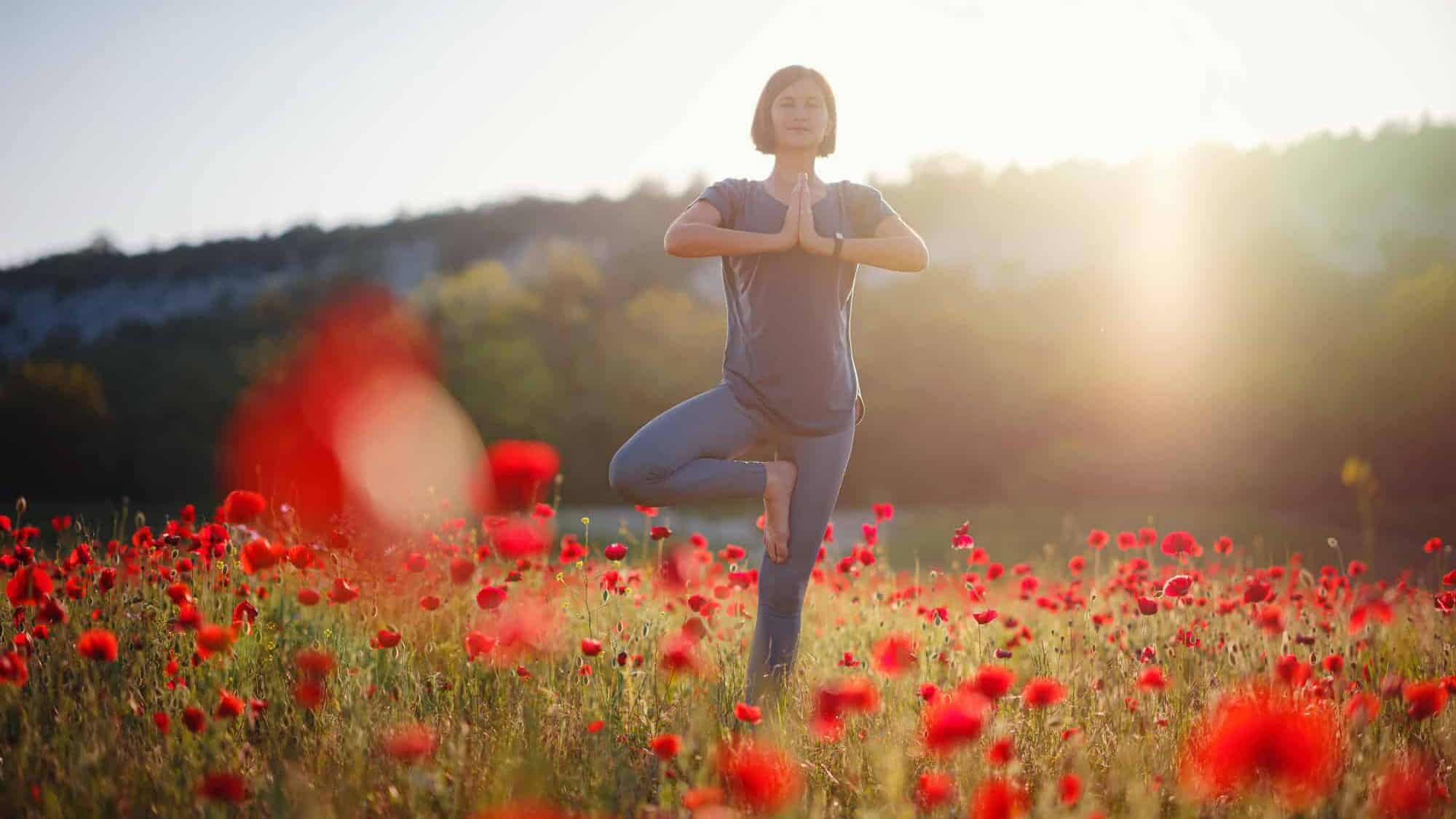
To get the most out of restorative yoga, it’s important to understand the different styles available. Each style offers unique benefits and focuses on different aspects of your physical and mental well-being. This section will discuss three popular restorative yoga styles: Yin, Hatha, and Vinyasa.
Yin Yoga
Yin Yoga is a slow-paced practice that targets deep connective tissues such as fascia, ligaments, joints, and bones. It involves holding poses for an extended period (typically 3-5 minutes) while focusing on breathwork and meditation. This style helps improve flexibility, release tension in tight muscles or joints, and promote relaxation and stress relief.
Some common Yin poses include:
- Pigeon Pose (Eka Pada Rajakapotasana)
- Banana Pose (Bananasana)
- Dangling Pose (Uttanasana Variation)
Hatha Yoga
Hatha Yoga is often considered the foundation of many modern yoga practices. It combines gentle postures with breathing techniques to create a balance between the body and mind. Hatha can be practiced at any level of experience due to its adaptability – making it perfect for beginners exploring restorative practices.
Some common Hatha poses include:
- Cat-Cow Stretch (Marjaryasana-Bitilasana)
- Child’s Pose (Balasana)
- Corpse Pose (Savasana)
Vinyasa Yoga
Vinyasa Yoga, also known as flow yoga, focuses on smoothly transitioning from one pose to another while synchronizing breath with movement. Although Vinyasa is typically more dynamic and fast-paced than other restorative styles, it can be adapted for a slower pace that emphasizes relaxation and stress relief.
Some common Vinyasa poses include:
- Downward-Facing Dog (Adho Mukha Svanasana)
- Warrior II (Virabhadrasana II)
- Tree Pose (Vrksasana)
Think about your physical capabilities, individual inclinations, and goals to decide which type is best for you. For example, if you’re seeking deep relaxation and flexibility improvement, Yin might be the ideal choice. On the other hand, if you prefer a more active practice that still offers restorative benefits – Hatha or Vinyasa could be better suited.
In addition to these popular styles of restorative yoga mentioned above, there are many others like Iyengar Yoga, Kundalini Yoga, etc., each offering unique benefits. It’s essential to explore different options before committing to one specific style – allowing yourself to discover the practice that best aligns with your wellness journey.
FAQs
What is restorative yoga best for?
Restorative yoga is best for reducing stress, promoting relaxation, and enhancing overall well-being. It helps to balance the nervous system by activating the parasympathetic response and supports physical recovery through gentle stretches and deep breathing exercises. Additionally, it can improve mental clarity and emotional resilience.
What is the point of restorative yoga?
The primary purpose of restorative yoga is to create a deeply relaxing experience that allows your body and mind to release tension, recover from daily stresses, and restore balance. By holding poses longer with the support of props, practitioners can focus on their breath while gently stretching muscles and connective tissues.
What are the disadvantages of restorative yoga?
Some potential disadvantages include not providing an intense workout or significant calorie burn compared to other forms of exercise. Also, those with certain medical conditions or injuries may need modifications or should avoid specific poses altogether. Lastly, some individuals might find it challenging to remain still during long-held postures.
What are the three pillars of restorative yoga?
The three pillars of restorative yoga are: 1) creating a comfortable environment using props, 2) focusing on slow-paced movements combined with deep breathing techniques for relaxation; 3) maintaining mindfulness throughout practice by paying attention to sensations in your body without judgment.
Conclusion
To fully experience restorative yoga’s benefits, finding a qualified instructor and creating a regular restorative yoga practice is important. Incorporating props and exploring different restorative yoga poses can also help you deepen your understanding of this healing practice.
If you are looking to improve your overall well-being or simply want to incorporate more relaxation into your daily routine, a restorative yoga class may be just what you need.
Restorative yoga poses are designed to help you relax fully and activate the relaxation response in your nervous system. By practicing deep breathing exercises and holding poses for an extended period of time, you can release tension in your body and alleviate symptoms of chronic pain. Some popular restorative yoga poses include seated forward bend with palms facing up, supported bridge pose with folded blankets, and corpse pose with your shoulder blades resting on a bolster.
Regular practice of restorative yoga can have therapeutic effects on your body and mind, including improved well-being and stress relief. So, sit back, breathe deeply, and let restorative yoga help you find deep rest and relaxation.

